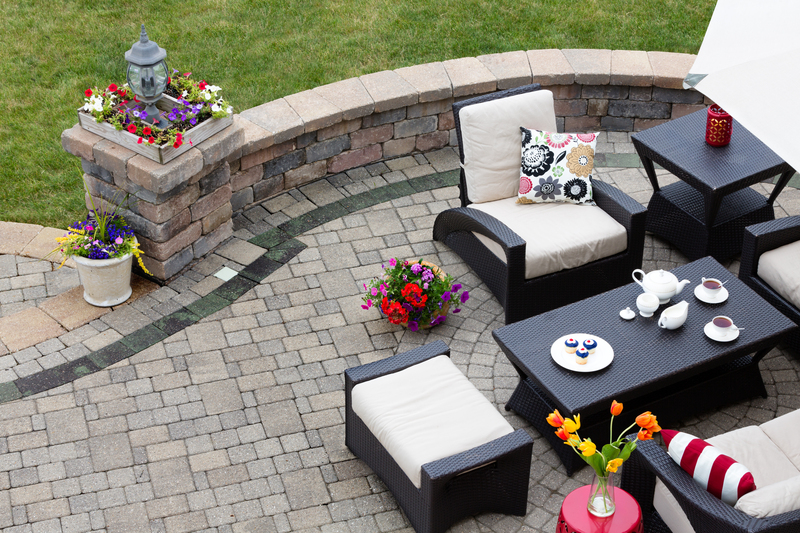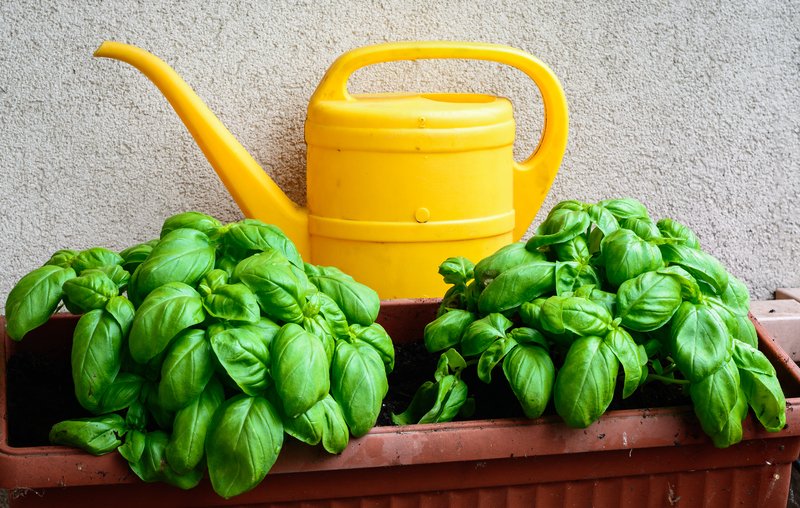Hardwood Decking: Benefits and Drawbacks
Posted on 18/09/2024
When it comes to enhancing your outdoor spaces, hardwood decking is a popular choice among homeowners and landscape designers alike. Hardwood decking offers a sleek, natural look that complements various outdoor aesthetics. However, it's essential to weigh both the benefits and drawbacks before making an investment. This article will delve into the pros and cons of hardwood decking, offering tips and takeaways to help you make an informed decision.
Benefits of Hardwood Decking
1. Durability
One of the primary benefits of hardwood decking is its exceptional durability. Hardwoods such as Ipe, Teak, and Cumaru are extremely dense and resistant to wear and tear. These types of wood are less likely to suffer from scratches, dents, or splintering, making them a long-lasting option for your deck.
2. Aesthetic Appeal
Hardwood decking naturally exudes an elegant and timeless beauty. The rich color variations and unique grain patterns of these woods can enhance the visual appeal of any outdoor space. Additionally, as hardwoods age, they develop a beautiful patina that can add character to your deck over time.
3. Low Maintenance
Hardwood decks require relatively low maintenance compared to other decking materials. While regular cleaning and occasional sealing are necessary to maintain appearance, hardwoods are generally resistant to mold, mildew, and insect infestations. This means less time and money spent on upkeep.
4. Environmental Benefits
Choosing sustainably sourced hardwood can be an eco-friendly option. Many hardwoods are harvested from responsibly managed forests, ensuring the long-term health of ecosystems. Some varieties, like Ipe, are even known for their carbon sequestration properties, helping to offset greenhouse gas emissions.

Drawbacks of Hardwood Decking
1. Cost
The most significant drawback of hardwood decking is its cost. Premium hardwoods can be substantially more expensive than other decking materials like composite or pressure-treated wood. Additionally, installation may also require specialized tools and techniques, adding to the overall expense.
2. Installation Complexity
Due to their density and hardness, hardwoods can be more challenging to work with. Cutting and drilling hardwoods often require specialized tools and expertise, which could increase installation costs and time. Improper installation can also lead to complications down the road, such as warping or splitting.
3. Slipperiness
Hardwood decking can become slippery, especially when wet. This increases the risk of slips and falls, which is an essential consideration for household with children or elderly members. Anti-slip treatments are available, but they add to both the cost and maintenance requirements.
4. Color Fading
While the aging patina of hardwood can be an aesthetic advantage for some, others may find the color fading over time to be a drawback. Exposure to UV rays and weather elements will cause the wood's rich hues to gradually lighten, requiring periodic treatments to maintain its original appearance.
Tips for Maintaining Hardwood Decking
1. Regular Cleaning
Ensure you regularly clean your hardwood deck to remove dirt, leaves, and other debris. This can prevent stains and buildup that could damage the wood over time. Use a soft brush and mild detergent for cleaning.
2. Sealing and Staining
To maintain the wood's appearance and durability, consider sealing and staining your deck every one to two years. This will protect the wood from moisture and UV damage, prolonging its lifespan.
3. Use Furniture Pads
Place pads under your outdoor furniture to avoid scratching the wood surface. This simple measure can significantly reduce wear and tear on your decking.
4. Monitor Moisture Levels
Be cautious of standing water or excessive moisture, as even the most resistant hardwoods can suffer damage over time. Ensure proper drainage and promptly address any water issues.
Takeaways
- Carefully weigh the pros and cons to see if hardwood decking is the right fit for your needs and budget.
- Regular maintenance will extend the life and beauty of your hardwood deck.
- Sustainability should be a consideration when choosing your decking material, opting for certified sustainable options when possible.

Conclusion
Hardwood decking offers a blend of durability, aesthetic appeal, and low maintenance that is hard to beat. However, the high initial cost, installation complexities, and potential for slipperiness and fading make it crucial for homeowners to consider whether it meets their specific needs and preferences. Proper maintenance and thoughtful planning can go a long way in ensuring that your hardwood deck remains a stunning and functional outdoor space for years to come.
Pros and Cons Summary
Pros:
- Exceptional durability
- Aesthetic appeal
- Low maintenance
- Environmental benefits
Cons:
- High cost
- Installation complexity
- Slipperiness
- Color fading
With the right approach and consideration, hardwood decking can be a worthwhile investment that enhances both the beauty and value of your outdoor living space.

